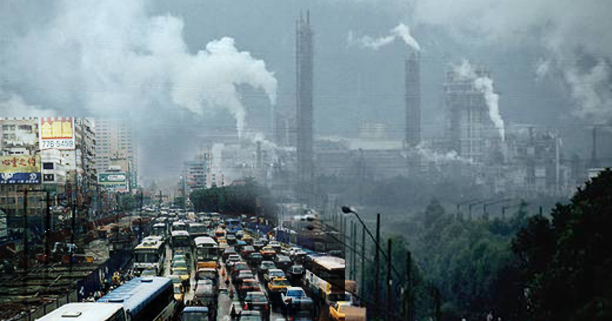เราควรติดตั้งเครื่องตรวจวัดก๊าซแอมโมเนียบริเวณใด
ก๊าซแอมโมเนียมีน้ำหนักเบากว่าอากาศและเก็บที่เพดาน (หรือจุดสูงสุดของห้อง) ดังนั้นเครื่องตรวจจับก๊าซ / เซ็นเซอร์ตรวจจับก๊าซแอมโมเนียควรติดตั้งบนผนังที่อยู่ในระดับสูง หากคุณต้องการติดตั้งเครื่องตรวจจับที่ความสูงของการหายใจ (1.2 – 1.8 m / 4 – 6 ฟุตจากพื้น),ความเข้มข้นของแอมโมเนียจะเริ่มต้นที่เพดานและเลื่อนลงไปที่ระดับความสูงขณะที่มีการรั่วไหลมากขึ้นเก็บรวบรวม เมื่อถึงเวลาที่ระดับแอมโมเนียอยู่ในระดับความสูงห้องก็เต็มไปด้วยแอมโมเนีย จะเป็นอันตรายจากการหายใจ อีกทั้งอาจทำให้เกิดไฟไหม้ได้อีกด้วย รวมทั้งค่าใช้จ่ายสูงในการสูญเสียแอมโมเนียทั้งหมด ดังนั้นเราจึงต้องทราบเป้าหมายถึงการรั่วซึมของแอมโมเนียโดยเร็วที่สุดเท่าที่จะเป็นไปได้เพื่อให้สามารถใช้มาตรการด้านความปลอดภัยเพื่อหยุดและซ่อมแซมได้อย่างทันท่วงที
หมายเหตุ: ในที่ที่มีความชื้น (เช่นความชื้นสัมพัทธ์สูง) ก๊าซแอมโมเนียจะเกิดไอระเหยที่หนักกว่าอากาศและอาจ
กระจายไปตามพื้นที่ที่มีการไหลของอากาศที่ไม่ดีนักซึ่งอาจทำให้ส่งผลกระทบต่อผู้คนอย่างร้ายแรง
Ammonia is lighter than air and collects at the ceiling (or the highest point of the room). Therefore the gas detector/sensor should
be mounted on or at the ceiling. If you were to mount the detector at breathing height (1.2 – 1.8 m / 4 – 6 ft from the floor), the
concentration of Ammonia would start at the ceiling and move down towards the breathing height as more and more leaked and
collected. By the time the Ammonia level was at breathing height, the room would be so full of Ammonia, not only would it be
a breathing hazard, but also an explosion/fire hazard, not to mention the high cost of losing all that Ammonia. The goal is to be
alerted of an Ammonia leak as soon as possible so safety measures can be taken to stop and repair it.
NOTE: In the presence of moisture (such as high relative humidity), Ammonia gas forms vapour that is heavier than air and may
spread along areas with poor air flow where people may be exposed.


